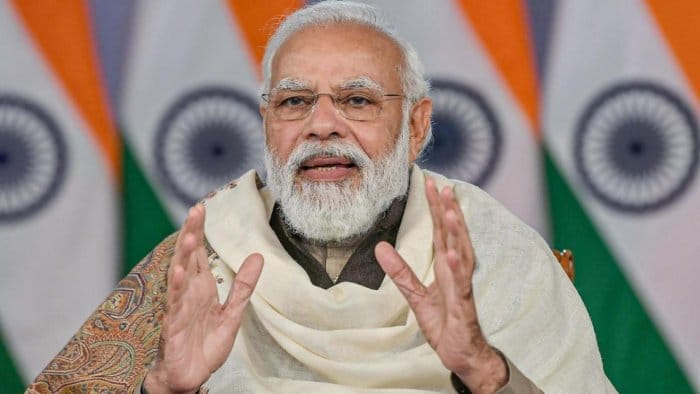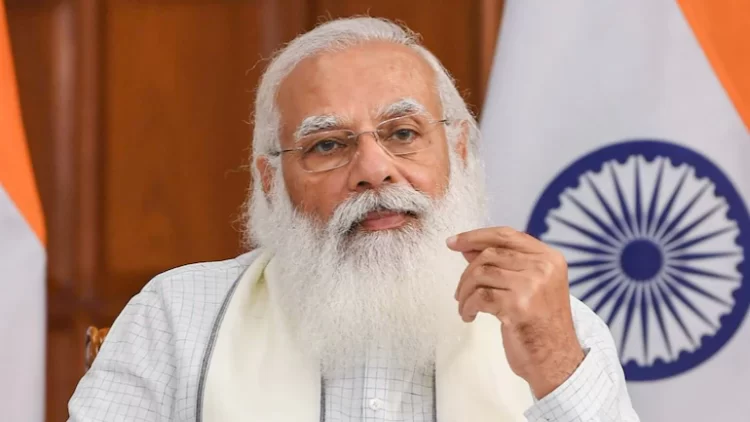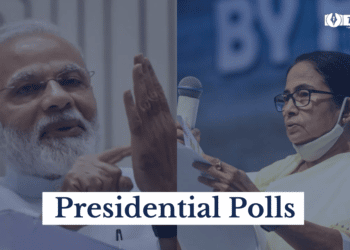UP, like the rest of India, was overrun by the Delta strain six months ago. Arvind Subramanian, Modi’s Chief Economic Adviser during his first term, estimated in July that the genuine Covid death toll in India ranged between 3 and 4.7 million. He singled out Uttar Pradesh as a state where the official death toll from the second wave looked to be grossly wrong.
From the second wave, no state government received credit. However, the UP government’s attitude went much beyond indifference. The administration not only insisted, against all evidence, that there was no lack of oxygen in any UP hospital, but it also threatened hospitals that acknowledged a shortfall.
It is not that Modi’s or Adityanath’s recent comments are essentially assaults on long-dead Muslim monarchs. A lot of time is spent on infrastructure investment and welfare initiatives. But the anti-Muslim dog whistles- “Abba Jaan,” “kabristan”—never stop.

It will be argued that such a portrayal is disrespectful to Hindu feelings in Varanasi and elsewhere, that the scars of the seventeenth century remain unhealed, and that they will remain so as long as a single mosque sits on the ground may once have been a temple.
The long-term foundations of Indian secularism are perhaps the most enduring source of contention in Indian historiography. On one hand, secularism is a Western fiction imposed on a populace whose actual ambition is a Hindu Rashtra (euphemistically, a “civilizational state”), while Hindu society is, as Naipaul puts it, a “wounded civilization” mentally still recovering from Muslim dominion. On the other hand, Indian (or at least north Indian) culture is mixed, and Hindus and Muslims coexisted peacefully before the British arrived.

A third faction, mostly composed of liberal opponents of Hindutva, has maintained that inflated tales of Hindu-Muslim cooperation have aided the BJP’s growth. Dharma Kumar argued a decade ago that the writers of such tales had “drained[ed] Indian history of much of its essence.”
A politically unbiased interpretation of our past reveals numerous instances of intolerance, distrust, and violence, as well as peaceful cohabitation and cultural fusion. Thus, the political question is not “what kind of society are we,” but rather “what kind of society do we want to be?”
The conviction that we can jointly shape the future, for better or worse, lies at the heart of all democratic politics.

Even the intensity of anti-Aurangzeb sentiment among modern Hindus in Uttar Pradesh is mostly the result of politics. Jugalbandi, Vinay Sitapati’s recent history of the BJP, contains a full account of this process. As Sitapati demonstrates, the RSS has always stood out in Hindu society for the breadth and intensity of its fixation with Muslims. The notion that a UP election should be about settling scores with the past is not an inevitability, but rather a very sad achievement.
Consider this if you want to understand how remote our world is from Aurangzeb’s. In the 40 years since AR Antulay resigned as Maharashtra’s Chief Minister, no Muslim has been elected Chief Minister of a Hindu-majority state. In Uttar Pradesh, there are about 30 million Muslims of voting age. Aurangzeb has roughly the same chance of becoming Chief Minister as any of the 30 million people.

Those who reply to this reality by emphasizing the absence of Hindu Chief Ministers in Jammu and Kashmir or Hindu Prime Ministers in Pakistan/Bangladesh/Sri Lanka give away the game. Whataboutism of this nature is ultimately an indication of defeatism about one’s own nation, a re-enactment of others’ failures in pursuit of lesser objectives for oneself.
Also Checkout: Baseless claims can never render ‘Bapu’ low in stature











